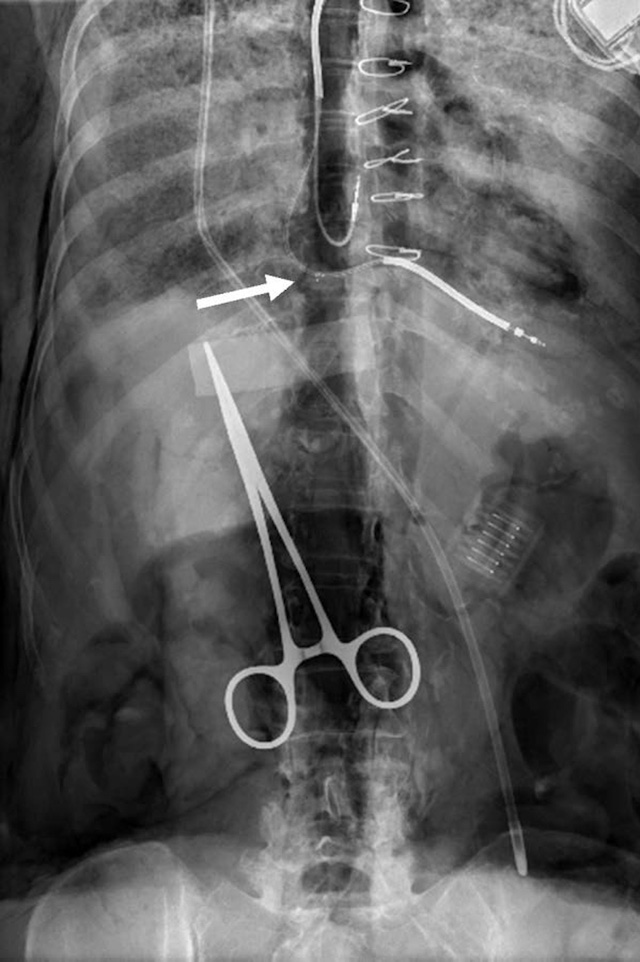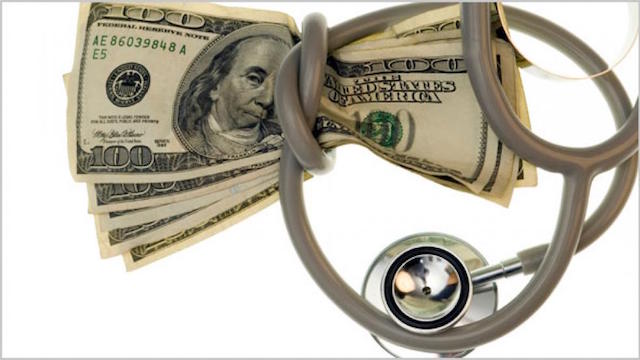
It is no secret that our healthcare system in America is in dire straits. With the growing tension surrounding the idea of universal healthcare and the rising costs of health insurance, we’re incredibly divided as a nation on these issues, and we’re not getting any healthier. In this list, you can look under the hood a little bit and see some examples of precisely what’s wrong with our healthcare system.
Medical Errors

A study from Hopkins medicine purports that medical error is the third leading cause of death in the country. Several sources say that it could be even higher on the list because up to 1,000 people a day die from hospital errors.
High Taxes
Healthcare taxes are higher in the United States than they are worldwide. While this may surprise you because there are many countries that have universal healthcare systems, the taxes we pay covers Medicare, Medicaid, military programs like the VA, and private insurance that people receive through employment.
Misleading Marketing
While this doesn’t fall into the hands of anyone but the corporations responsible, may medications are marketed as suitable for off-label uses. Several medications do work as advertised, but this poses a huge problem. Using medication for an off-label use can be more difficult to get covered through insurance, and it can have a lot of negative consequences due to improper research.
Rising Costs

Medical coverage is incredibly hard to afford, and medical care is even harder to afford for those who don’t have any coverage. Those costs are only continuing to grow, and they have risen faster than inflation and faster than wages have over the past two decades.
No Cost Transparency
In addition to just becoming more expensive, there is a lot of smoke and mirrors when patients try to find out exactly what they will be paying. When they can’t find out the exact cost of a medical procedure, it’s hard to decide if they are going to go through with it at all.
Non-Compliance
Part of the reason that our health care system is so broken is that people aren’t getting healthier. Many people cannot afford to comply with the doctor’s orders when they finally receive them. This noncompliance leads to poorer health outcomes and more visits down the road.
Wasted Spending
Not only are we spending more on healthcare than any other country worldwide, but we’re also wasting more of that money as well. A lot of the money in the healthcare system gets wasted because it’s going to fraud, unnecessary testing, administrative costs, and more. It’s also worth noting that so little money goes towards preventative care, which is incredibly important.
Flawed HMOs
HMOs were meant to be the next best thing, but the problem is that they only allow patients to see in-network physicians. This makes it so that families who have been seeing the same physician for several years may end up having to choose between going to someone new or just not being covered. Another problem this poses is that there is no guarantee that a patient could see the name doctor twice because they may be assigned to a different in-network physician per visit.
Lack of Insurance
Another thing that contributes to our horribly broken system is that there are so few options that fit into people’s lives for them to have insurance. Many of them can’t afford it. Health insurance doesn’t necessarily mean everyone insured would be receiving healthcare, of course; however, having insurance leads to better outcomes across the board.
Tiny Errors Add Up

Thousands of patients die from doctor’s poor handwriting every year. A lot of pharmacists and doctors also don’t catch small mistakes in prescriptions that can lead to patients taking too little, too much, or the completely wrong medication. All of these things compound on one another and lead to way too many deaths and adverse drug reactions.
Lack of Accessibility
Another reason our systems honestly sucks is that there are substantial scheduling issues. The whole world seems to operate on a nine to five schedule here in America, which means that when the doctors are available, the patients are working, going to school, or tending children. There is very little access to after-hours care.
The Anti Vax Movement
This movement is terrible, for many reasons. What it truly comes down to is the prevalence of misinformation that people are led to believe and allowed to believe for much too long. Not enough effort goes into health education to help prevent patients and parents from making hazardous decisions.
Astronomical Administrative Spending
There is a medical code for everything. For every doctor, there are two or three people who are in charge of handling the paperwork. Hospital administrators and directors make more than the physicians do themselves. All of this spending adds up, and it leads to less money going to the doctors who are doing the work of saving lives, and research needed to continue to advance medical care, improve medical equipment, and so on.
The Waiting Game

Not only is there very little access to after-hours care, but there is also very little access to timely care as well. We’re sure you’ve been through it before, you arrive fifteen minutes before your appointment as instructed and can spend up to an hour in the waiting room. Medical care shouldn’t be rushed, but these long wait times are something that disrupts the lives of patients and can lead to them skipping their visits altogether.
Lack of Care
The majority of Americans are happy with the way that their doctor listens to them and addresses their problems, but there is a stark difference in the patient satisfaction rates here as opposed to the other nations around the world. Doctors don’t have a lot of incentive to care and provide quality treatment, but it seems that many of them don’t care at all or don’t adequately listen to patients. Patients shouldn’t diagnose themselves or try to contradict the doctors, but we know our bodies best.
Less Preventative Care
The US healthcare system doesn’t put a lot of emphasis on preventative care. Preventative care is essential to improving positive health outcomes in the country because people aren’t being taught how to live healthily, fewer screenings are being done because of the costs associated with them, and several other problems. If more emphasis were put on preventative care, then fewer people would spend time sick.
It Pays to be Sick
It definitely pays, but not the patients. Another thing that contributes to our flawed health care system is that health insurance costs more as people age and it also costs more for people who are sick with some kind of pre-existing or chronic condition. This means that the people who need the coverage most are less likely to have access to it.
Shortage of Physicians
There is a national shortage of physicians. On top of that, there is a national shortage of nurses that has crept into the millions. The cost of medical school and the continuously more stringent requirements to get in have curtailed a lot of people. The average physician pays off more than $350,000 in student debt.
Inefficient Records

This one is terrifying if you think about it, but about half of the doctors out, there are still using paper records. Digital records are imperative because people travel, people move, people do a lot of things where they may need medical care, and there isn’t time to cut through the red tape of getting their medical records faxed. On top of them, it makes care less comprehensive because doctors can’t look at patients holistically without the whole picture. Paper records make that inaccessible.
Expensive Medications
Americans pay more for medication than most. In fact, some medications can cost more than $50,000 a month, and people rely on them to survive. Just last year, tragically, a young man died trying to crowdfund just $50 to cover the cost of medication. This is a huge barrier to care.
